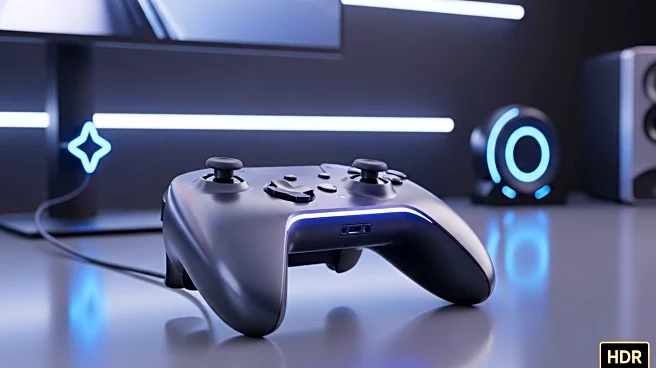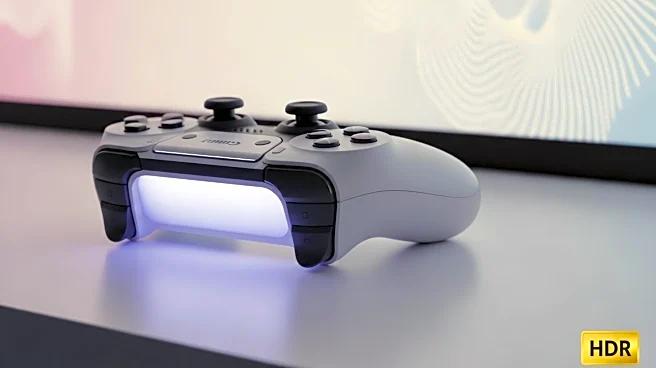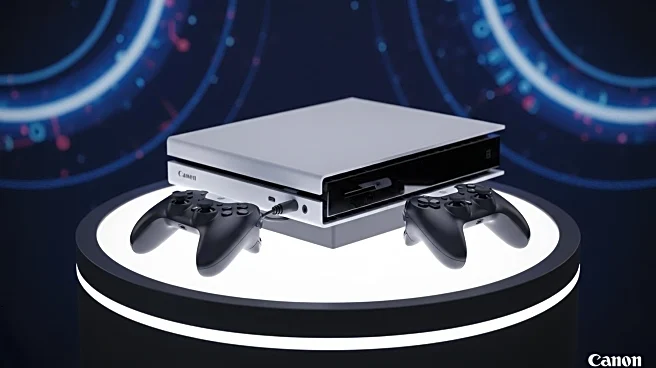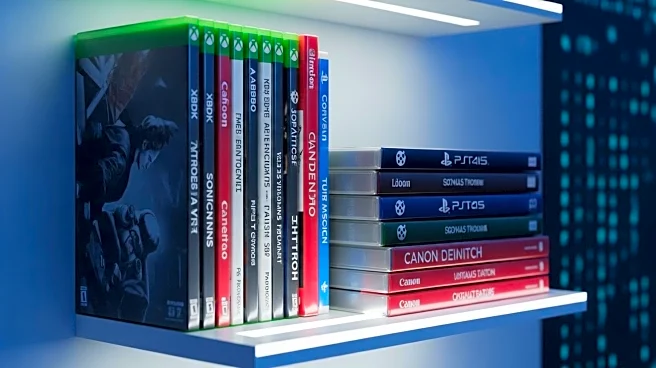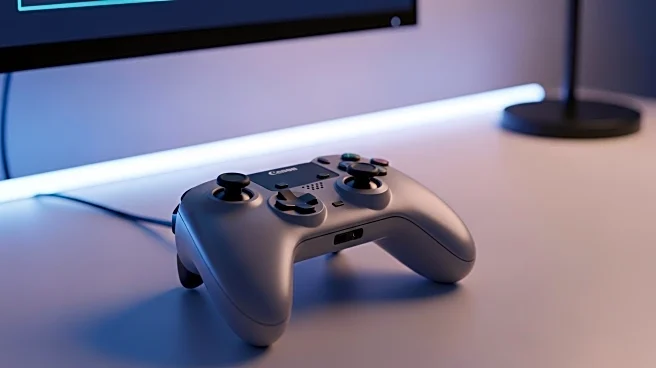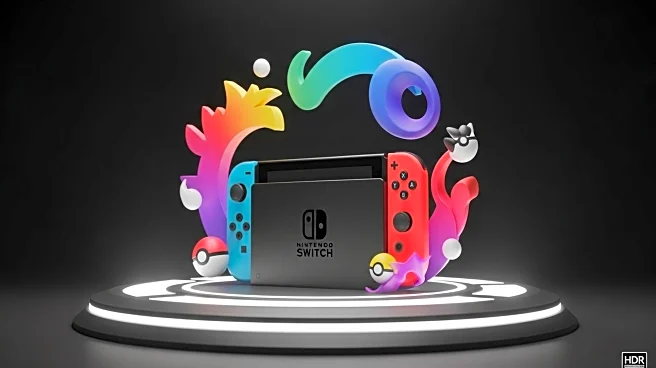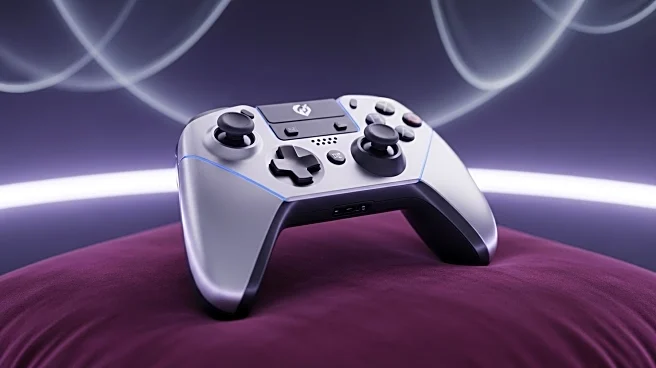What's Happening?
Video game hardware sales in the U.S. have seen a significant increase in spending, driven by higher prices and the successful launch of the Nintendo Switch 2. According to Circana's August report, hardware spending rose by 32% year-over-year, despite declines in sales for other consoles like the PS5, Xbox Series X and S, and the original Switch. The Nintendo Switch 2 has been particularly successful, with sales trending 77% ahead of its predecessor over the same period. The average price per unit of video game hardware has increased by 12.3%, reaching $453. This price hike is a major factor in the overall growth in spending, as unit sales have only increased by 6.5%. Sports games also performed well, with NBA 2K26 topping the charts for August and becoming the fifth best-selling game of the year.
Why It's Important?
The increase in video game console prices and spending reflects broader trends in the gaming industry, where new technology and popular releases can drive significant economic activity. The success of the Nintendo Switch 2 highlights the impact of innovative products on consumer spending. This trend could influence future pricing strategies and product development within the industry. The strong performance of sports games like NBA 2K26 and Madden NFL 26 also underscores the continued popularity of sports franchises, which are key revenue drivers for game publishers. The rise in hardware spending may benefit manufacturers and retailers, but it could also pose challenges for consumers facing higher costs.
What's Next?
As the gaming industry continues to evolve, companies may focus on developing new technologies and exclusive content to maintain consumer interest and justify higher prices. The success of the Nintendo Switch 2 could prompt competitors to innovate and release new products to capture market share. Additionally, the ongoing popularity of sports games suggests that publishers may continue to invest in these franchises, potentially leading to new features and updates. Analysts and industry stakeholders will likely monitor sales trends and consumer responses to price changes to inform future strategies.
Beyond the Headlines
The increase in console prices raises questions about accessibility and affordability for consumers, particularly in a market where gaming is a major form of entertainment. As prices rise, there may be ethical considerations regarding the inclusivity of gaming experiences for diverse audiences. Additionally, the success of the Nintendo Switch 2 could influence cultural trends, as gaming becomes increasingly integrated into social and leisure activities. The industry's focus on innovation and exclusive content may also drive shifts in consumer expectations and demand for high-quality gaming experiences.

